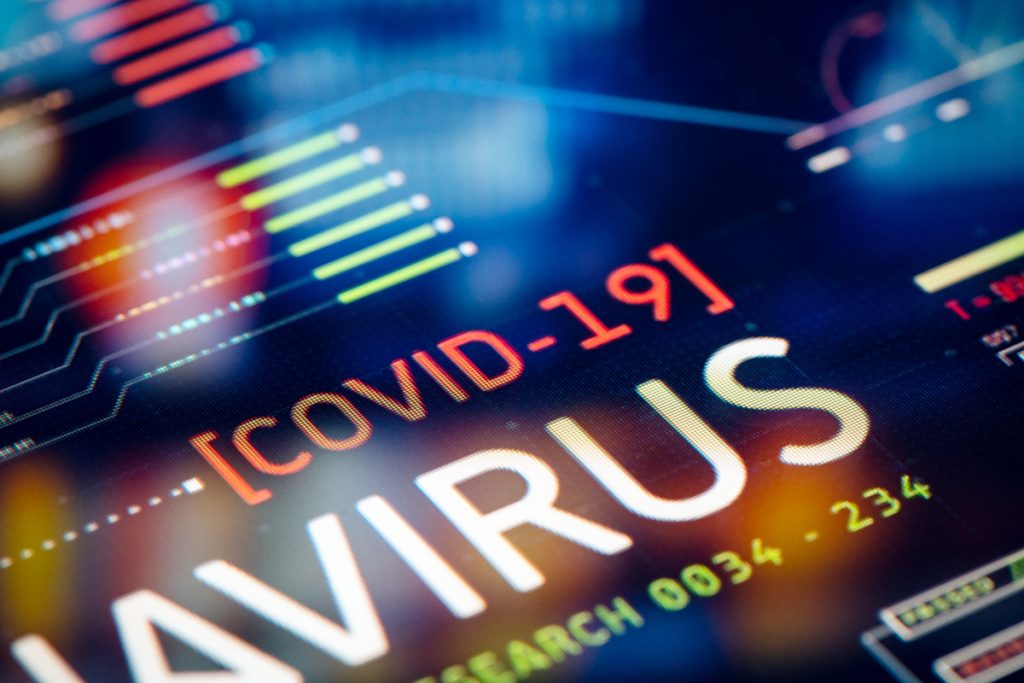
Dear School of Dentistry Colleagues,
I am writing you this afternoon to provide an update on COVID-19 cases at the School of Dentistry, new CDC guidelines for close contact, the increasing number of COVID-19 cases locally and nationally and an updated COVID-19 decision tree for the School of Dentistry.
• On October 21st, the CDC updated its definition of close contact. Previously, close contact was defined as being within 6 feet of someone for 15 consecutive minutes or more. The new definition is as follows: Close contact with a COVID-19 positive individual is defined as being within six feet of an infected person, for a cumulative total of 15 minutes or more, over a 24-hour period starting from two days before illness onset (or, for asymptomatic patients, two days prior to test specimen collection). This is irrespective of mask usage.
• Please see the attached file for an updated COVID-19 decision tree. We are no longer requiring a person to provide two negative tests if they experience COVID-19 symptoms. Providing proof of one negative test is sufficient, but the person MAY NOT return to campus until 24 hours after symptoms resolve or they are cleared by a physician.
• Thank you for everything each and every one of you has done to protect this campus from COVID-19, to keep the school open, to maintain continuity of education and to continue patient care. I know the sacrifices and schedule changes have been difficult, but our efforts are paying off. Since we reopened in June there have been 10 confirmed student cases of COVID-19. Seven of these cases were traced to off campus exposures, mostly from family or roommates. Two cases are of unknown origin. One case was probable on campus transmission. While any case is unfortunate, we are doing an outstanding job of preventing on campus spread.
• We have not had a confirmed case of COVID-19 at the School of Dentistry in over a month. However, over the past two weeks, we have seen an increase in COVID-19 exposures that have required individuals to be quarantined, pending testing. Additionally, we are seeing signs of complacency around campus such as masks being pulled down while speaking, masks worn under the nose, improper or lax use of PPE, congregation in groups, etc. Also, some individuals have expressed concerning attitudes, including that “they are over COVID” or that they are “tired of all this extra stuff” and “I’m just going to do things like I normally would.” The virus will determine when things are over, not us. Please do not let complacency set in. We should be proud of what we have accomplished these past four months, but we cannot afford to backslide.
• COVID-19 cases are on the rise across the country and in Michigan. Michigan is mid-pack nationally in new cases per capita. While our state’s hospitalization and death rates are nowhere near where they were in March and April, they are on the rise. The daily reported new cases in the state are approaching 2,000 a day – record levels. Expect these numbers to get worse – the trend is very concerning. Young adults are primarily driving the spread of COVID-19. I’m sure many of you saw the news that the University of Michigan’s undergraduate students are under a 14 day stay at home order. Be prepared for county health departments to become more aggressive in the coming months.
• Please get your flu shot! Protect yourself, your friends and those who might be at high risk of infection (children under 5 and adults older than 65). The healthcare system will be overburdened this winter and we do want to strain the system with a disease that can be prevented, or lessened in severity, with vaccination. Furthermore, we do not know the consequences of contracting COVID-19 and influenza in short succession.
David D. Fischer, Ph.D.
Assistant Professor, Faculty Assembly Vice President Interim Director – Division of Integrated Biomedical Sciences
